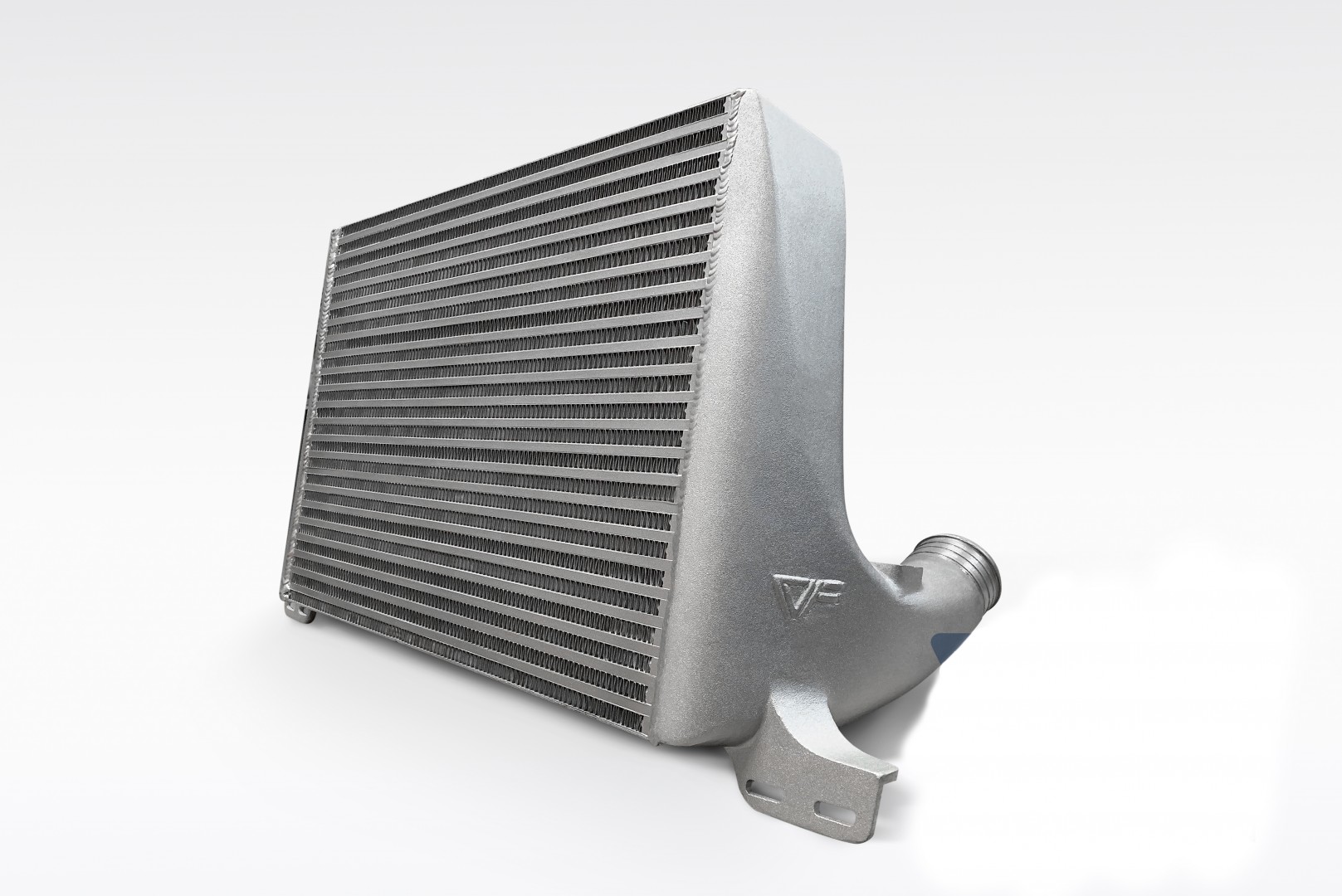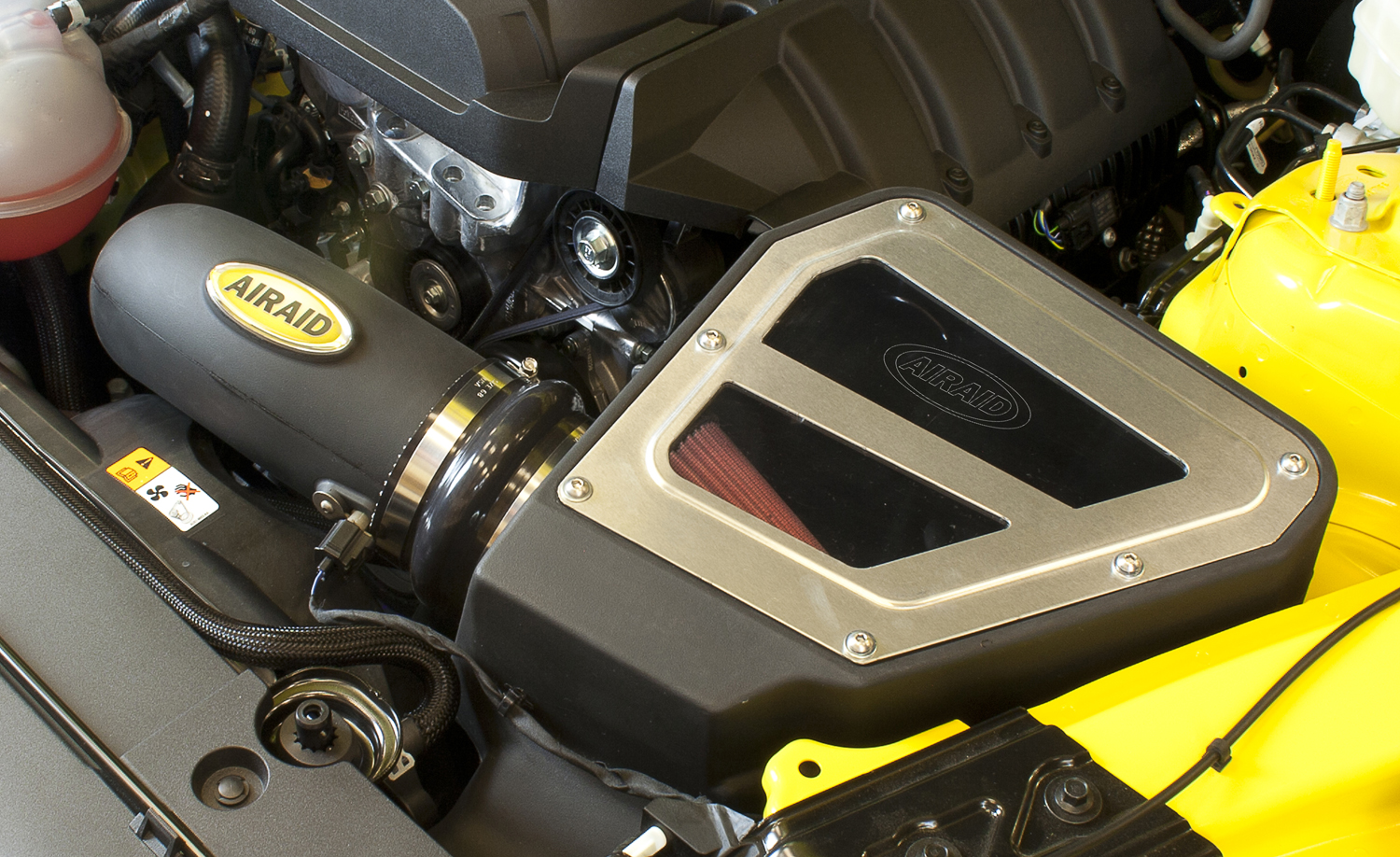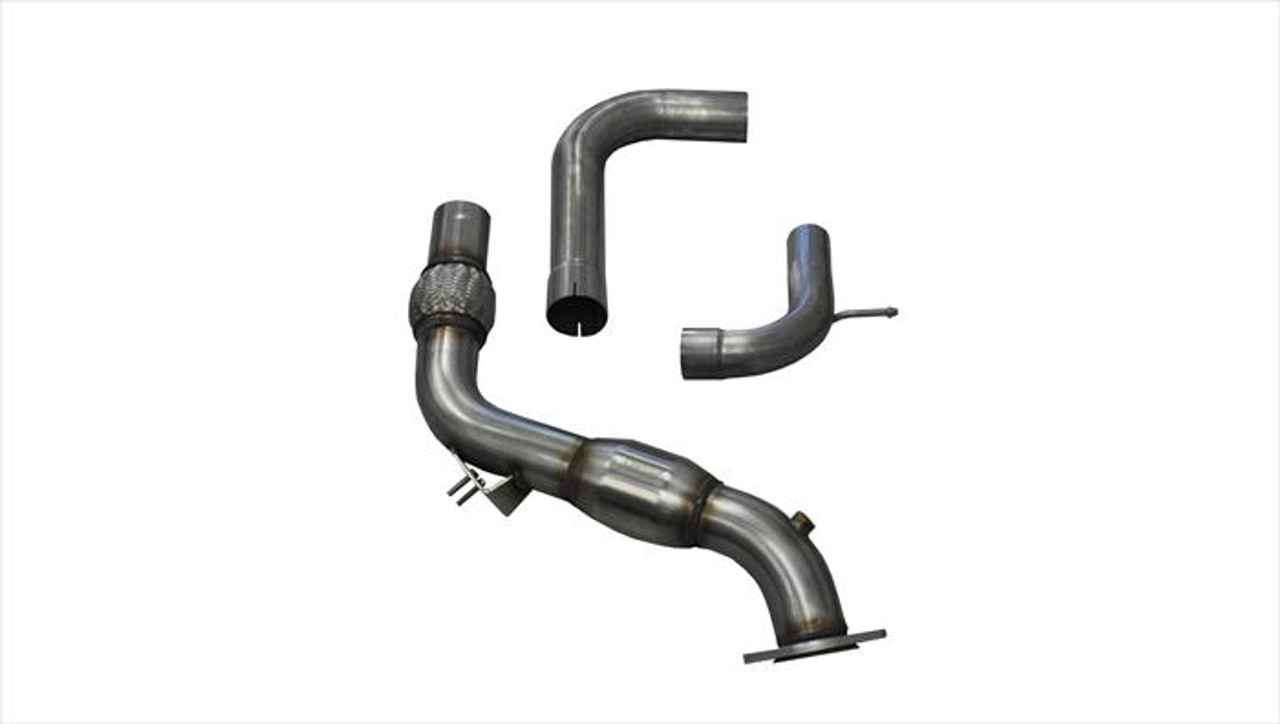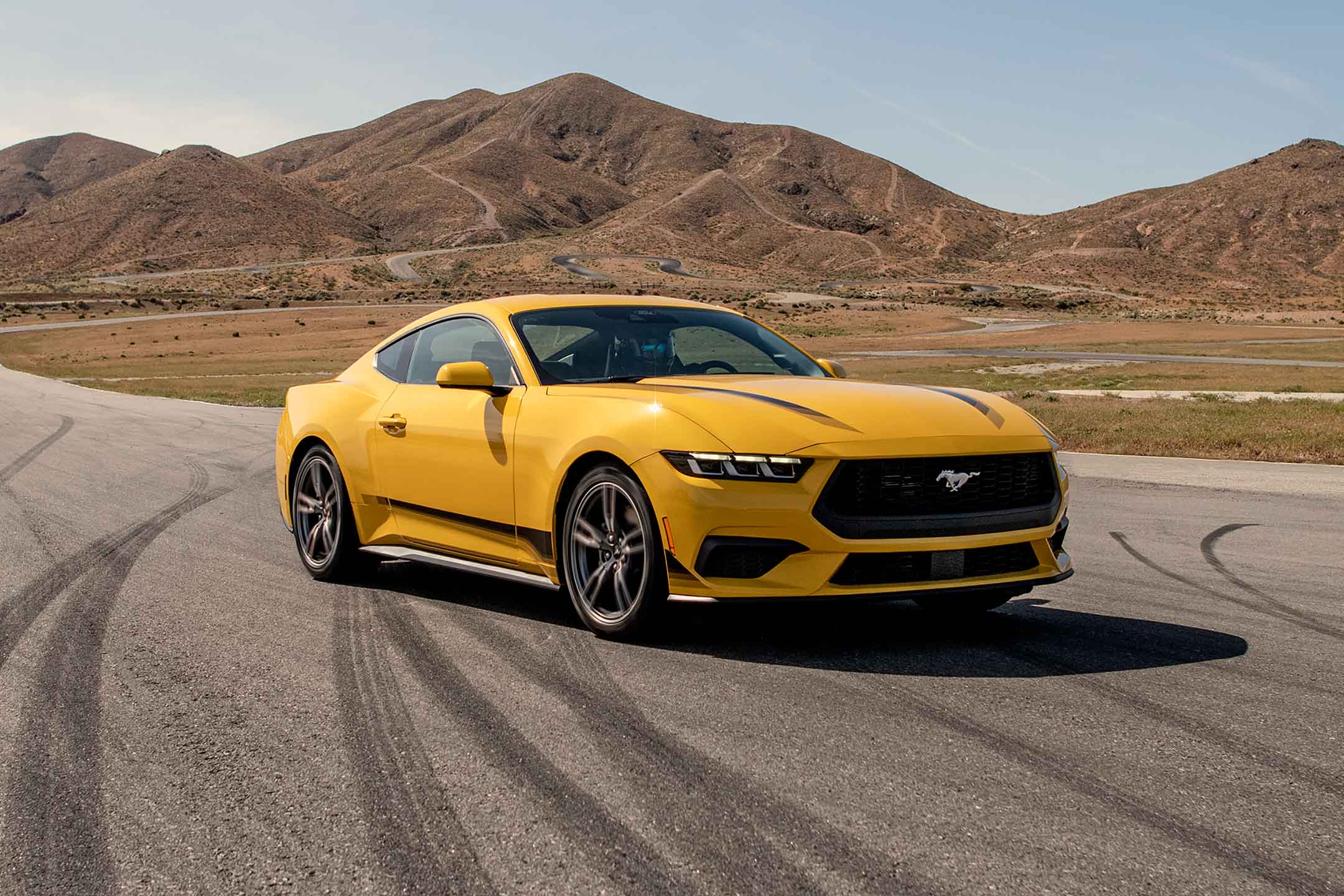Ford’s EcoBoost engine platform, in many ways, has redefined the manner in which we now view Mustangs equipped with anything less than a four-cylinder powerplant. In fact, up until recently, within some circles, smaller displacement Mustangs were often ridiculed for being inferior to their V8 counterparts. However, with the introduction of the EcoBoost-equipped Mustang in 2015, more than a few V8 purists were humbled.
In its stock configuration, the turbocharged EcoBoost is nothing shy of impressive, dishing out performance figures that are still hard for many to wrap their head around, especially coming from a four-cylinder. With 300-plus horsepower on tap, one might be so inclined to crown the EcoBoost as the “perfect” high-performance four-cylinder. Nonetheless, many have already begun questioning if more power can be squeezed out of this potent pint-sized powerplant.
This raises the question of the hour. Just how “moddable” is the EcoBoost Mustang? Furthermore, when modified, just how much power can you safely make with Ford’s EcoBoost?
Join us as we pop the hood, to get to the bottom of these questions, and more.
Is The EcoBoost As Moddable As Other Mustangs?
Mustang owners have always taken pride in the ability to modify their cars as they see fit, with a near-endless array of widely available bolt-on components. In fact, historically, few other cars have ever rivaled the Mustang, in terms of potential moddability. Consequently, the potential of most Mustangs is only limited by the desire of their owners and the depth of their financial resources.
With the EcoBoost’s rise to prominence, many naturally began to question whether the above also rang true of Ford’s newest powerplant. In truth, initially, one would have found it difficult to refer to the EcoBoost as extremely “moddable” in nature, at least in terms of available bolt-on upgrades. However, this did not prove to be the case for long.
As with any relatively new engine platform, the emergence of aftermarket mods and bolt-on accessories for the EcoBoost came gradually. Today, the EcoBoost Mustang has been in production for the better part of a decade, giving aftermarket manufacturers plenty of time to reverse engineer Ford’s creation and test/tune applicable products of their own. As a result, deciding where to begin with the modification of an EcoBoost is now quite a deep rabbit hole to dive down.
Top Mods For The EcoBoost Mustang
So where, exactly, would the speed-enthused EcoBoost owner be best served to direct their attention when modding their Mustang, and what are the most popular mods for this powerplant to date?
Intercoolers

One popular modification for the EcoBoost Mustang is the installation of an aftermarket high-efficiency intercooler. An intercooler serves to reduce the temperature of pressurized air piped from an engine’s turbo, prior to its introduction into the intake. This is noteworthy, as cooler air is more oxygen dense than warmer air, thereby proving more volatile during combustion.
Charge Air Piping
Much like water flowing through a garden hose, the fewer restrictions encountered between the introduction of air into an engine’s intake tract and its dispersal into each respective cylinder, the higher the overall delivery rate will be. This is the exact reason that many EcoBoost owners now equip their engines with custom mandrel-bent charge air pipes, which are streamlined to eliminate unnecessary intake restrictions.
Cold Air Intake

Much along the same lines used to describe the virtues of intercooler use, a cold air intake serves to reduce the temperature of intake air delivered to each respective cylinder. However, instead of cooling air post-pressurization, a cold air intake allows cooler air to be drawn into the turbo prior to being pressurized, thereby increasing oxygen saturation.
Aftermarket Turbo
While not the cheapest of modifications on this list, those with a few dollars to fold and an overwhelming desire for performance can up the ante with the installation of a larger turbo. By outfitting the EcoBoost with a larger turbo, notable performance gains can be achieved, due in part to the significant increase in available intake flow that is achieved.
Performance Downpipe

Since a turbocharger is driven exclusively by heat energy produced during the combustion process and expelled through an engine’s exhaust, it stands to reason that heightened turbo performance can be achieved through streamlined exhaust delivery. This is precisely where performance downpipes shine; routing heat energy-rich exhaust gasses into the hot side of the turbo in the least restrictive manner possible. In turn, spool times are typically reduced, while throttle response and overall performance flourish.
Custom Tuning
Little compliments any or all of the modifications above, quite like a custom tune. Tuning the EcoBoost’s management software allows fuel trims to be optimized, in light of enhanced intake air delivery, producing noticeable gains in performance. Additionally, efforts along these lines also prove fruitful when attempting to eliminate pesky check engine lights that often arise when installing more aggressive mods.

Putting A Number On Performance
With available modifications aplenty, the next question that many naturally raise is that of how much power the EcoBoost is truly capable of making. While the internet is ripe with outlandish claims regarding otherworldly dyno-readings supposedly achieved by heavily modified EcoBoost Mustangs, most are simply looking for a safe approximation, when gauging potential output.
For the sake of discussion, we will assume that one has decided to go full-tilt, springing for each of the mods described above. Under such circumstances, one could likely expect to achieve a maximum output of approximately 450-500 horsepower.
This, of course, is not to say that a 500+ horsepower EcoBoost Mustang is not a possibility, or that a Eco-Stang of this level does not exist somewhere at this very moment. On the contrary, the above-listed approximate maximum output is meant to serve as a safe figure that should be readily attainable under most circumstances.
At the very least, many performance-minded EcoBoost owners report achieving gains of roughly 100 horsepower with the addition of nothing more than a performance intercooler, downpipe, and solid tune; no turbo upgrades required. Even if one were to stop here, it is hard not to be impressed with a 400+ horsepower four-banger, complete with a little harmonic turbo-spool to satisfy the senses.




